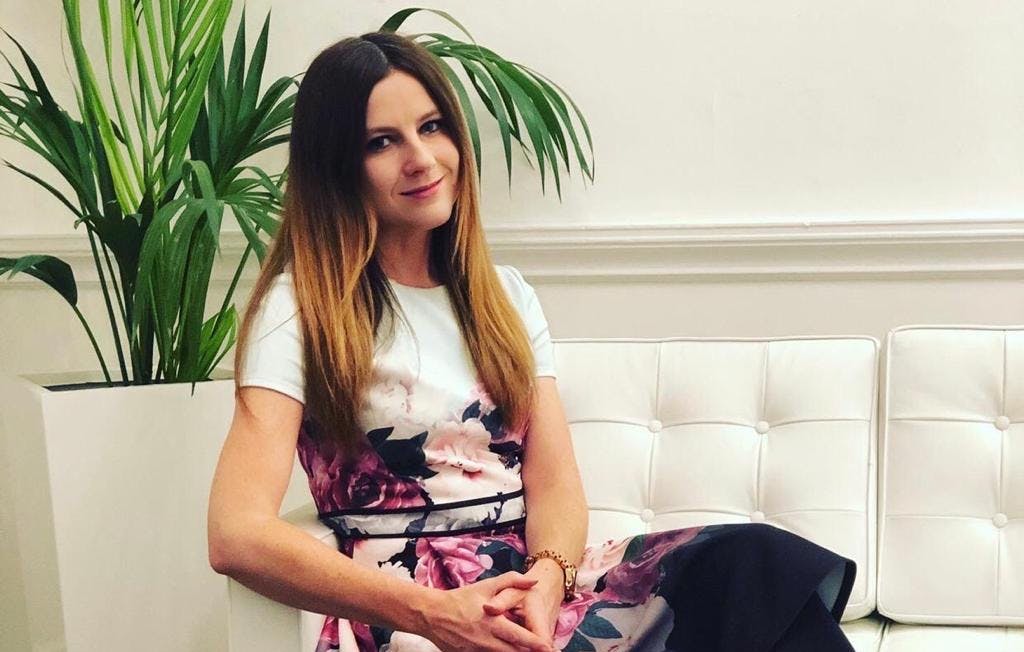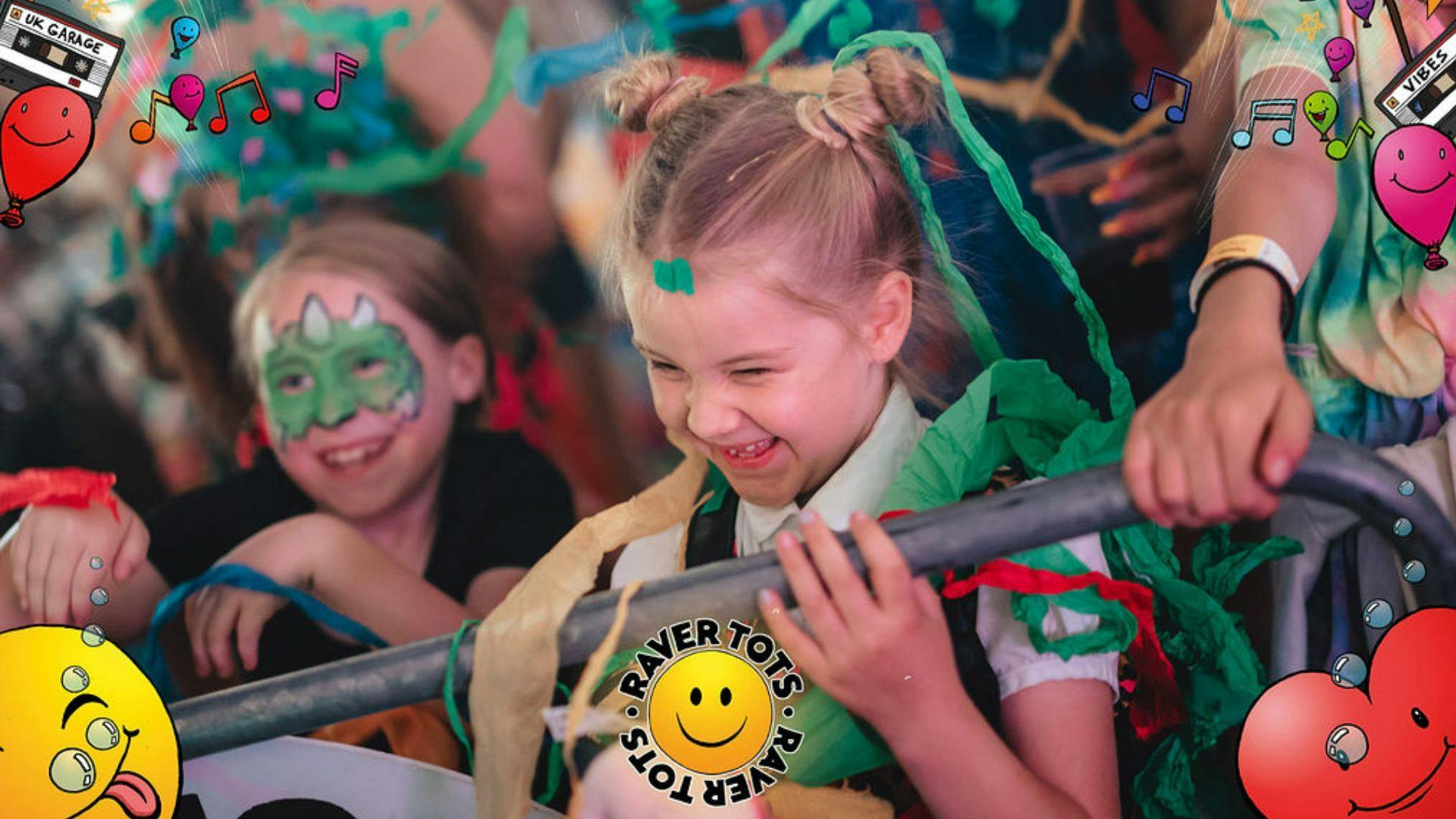
Child Neuropsychologist, Nutritional Neuroscientist, Registered Nutritionist, Author of Smart Foods for ADHD and Brain Health, Founder of Nutritious Minds
Find me on Instagram: @nutritious_minds
“As a neuroscientist, I know first-hand the impact music has to well-being and mood. It activates our feel-good hormones such as serotonin (the chemical which governs happiness), dopamine (the chemical which enables us to feel pleasure and rewarded) and endorphins which are our bodies natural antidepressants. From a neuroscientific perspective, music lights up our brains across multiple networks and in particular actives the reward, pleasure and emotion centres of our brain namely the nucleus accumbens, amygdala, and the cerebellum (which is involved in movement). Dancing is also a work out let’s not forget that! It shapes and conditions the body, helps our cardiovascular system and is a great form of feel-good exercise. Raver Tots provides a super fun platform and winning combination of music and dancing to help everyone’s mental health – parents and child alike!”
Dr. Rachel V. Gow, BSc, MSc, PhD, RNutr
Understanding the brain on music!
During my PhD at King’s College London, I studied electrophysiology (EEG) to better understand the brain activity of children with and without Attention Deficit Hyperactivity Disorder (ADHD). I quickly learnt that the brain produces activity which is represented in waves named Delta, Theta, Alpha, Beta and Gamma. Each wave reflects a different type of frequency which has a functional significance. The waves are measured in hertz ranging from – 5HZ to 42HZ. It is useful to think of brainwaves as musical notes with different tempos. Delta brainwaves are slow and low in frequency but deeply penetrating, like a drum beat. They are generated in deep meditation and dreamless sleep.
Everything in the universe is frequency and vibration. The visual cortex converts images into wave forms using Fourier mathematics. The German physicist Helmholtz discovered the ear was a frequency analyser; our skin responds to vibrational frequencies (hence goosebumps when we hear our favourite music!) and even our sense of taste may involve frequency analysis. Physicists have long known that energetic matter namely electrons can exist as either a particle or a wave (e.g., sound).
Humans with normal hearing can usually hear sounds ranging from 20 Hz to 20, 000 Hz and the first sound an embryo is exposed to in his or her mother’s womb is the sound of a beating heart. We now also know that babies will recognise and prefer music that they have been exposed to while happily swimming in a bubble of amniotic fluid, developing and waiting to arrive into the world! Hence why, a beat can be considered almost primal – and it comes as no surprise that or bodies and brains respond to the sound of beats.
Music activates a wide-range of our brain’s networks! Here are just a few examples, the cerebellum is activated with movement e.g., dancing and also involved in emotional responses to the track. The sensory cortex is also activated while dancing as is the motor cortex. The seahorse shaped structure in our brain called the hippocampus is involved in processing our musical memories and experiences (e.g., attending an awesome Raver Tot’s Festival and wanting more!). The emotional hub of our brain such as the amygdala is involved in our emotional reactions to music hence why listening to a particular song who evoke an emotional feeling. So, there is no doubt that are brain literally lights up and comes alive when we listen to and enjoy dancing to our favourite music.
TOP 5 TIPS FOR A HEALTHY BRAIN!
- Increase your intake of omega-3!
Eat oily fish such as Wild Alaskan salmon and seafood or take fish oil (omega-3’s EPA and DHA) supplements. Why? Because your brain is made up of specialised fats called lipids and around 25% of all brain cells are made up of brain-healthy and essential omega-3 fats. These play a critical role in the way our brain sends signals across its networks (cell-signalling), as well as helping to regulate mood, attention, focus and concentration! DHA has also been found in clinical trials to improve sleep and reduce ADHD-related symptoms.
- Hydrate with water and not fizzy soda!
Water is essential, it not only delivers nutrients to the brain but also removes toxins.
Staying hydrated is vital for cognitive performance and mental-alertness. In other words, it helps with your thought processing, keeps your mood in check and ability to stay focused and on task. Children should be drinking at least 6-8 glasses a day.
- Reduce white, refined sugar!
Sugar creates spikes in blood sugars levels – causing first an almighty high when it hits the brain’s pleasure centres and then a crashing low leaving a child cranky, restless and unable to concentrate. The world expert on sugar and its effects is arguably Professor Robert Lustig, and he has described sugar “as the alcohol of the child” because of its dopamine releasing properties. The habitual consumption of sugar can be addictive and create emotional meltdowns and problematic behaviour in children.
- Berry-Licious!
Try a blended juice with your favourite berries such as blueberries, strawberries and raspberries. They are naturally juicy and sweet, bursting full of nutrients and powerful antioxidants which help protect your cells against environmental pollutants. They also contain Vitamin C – needed for healthy immune functioning as well as folate, potassium and manganese.
- Start dancing!
Exercise is critical for a healthy brain. Furthermore, nutrition and exercise work in synergy to release endorphins (our bodies natural antidepressants) and other natural mood-enhancing chemicals such as serotonin and dopamine. Nutrition and exercise are the best (instant) brain boosters and a much healthier alternative to snacking on processed junk foods. My favourite exercise is dancing especially to some DNB music! It is a full body work out, so get to a Raver’s Tots family festival near you and enjoy dancing the day away.
My social media links contain a wealth of information, free recipes, research and support for parents, professionals and individuals on the role of nutrition in brain health:
www.nutritiousmindsconsulting.com
Instagram: @nutritious_minds
Facebook: facebook.com/DrRachelVGow
Twitter: @drrachelvgow



